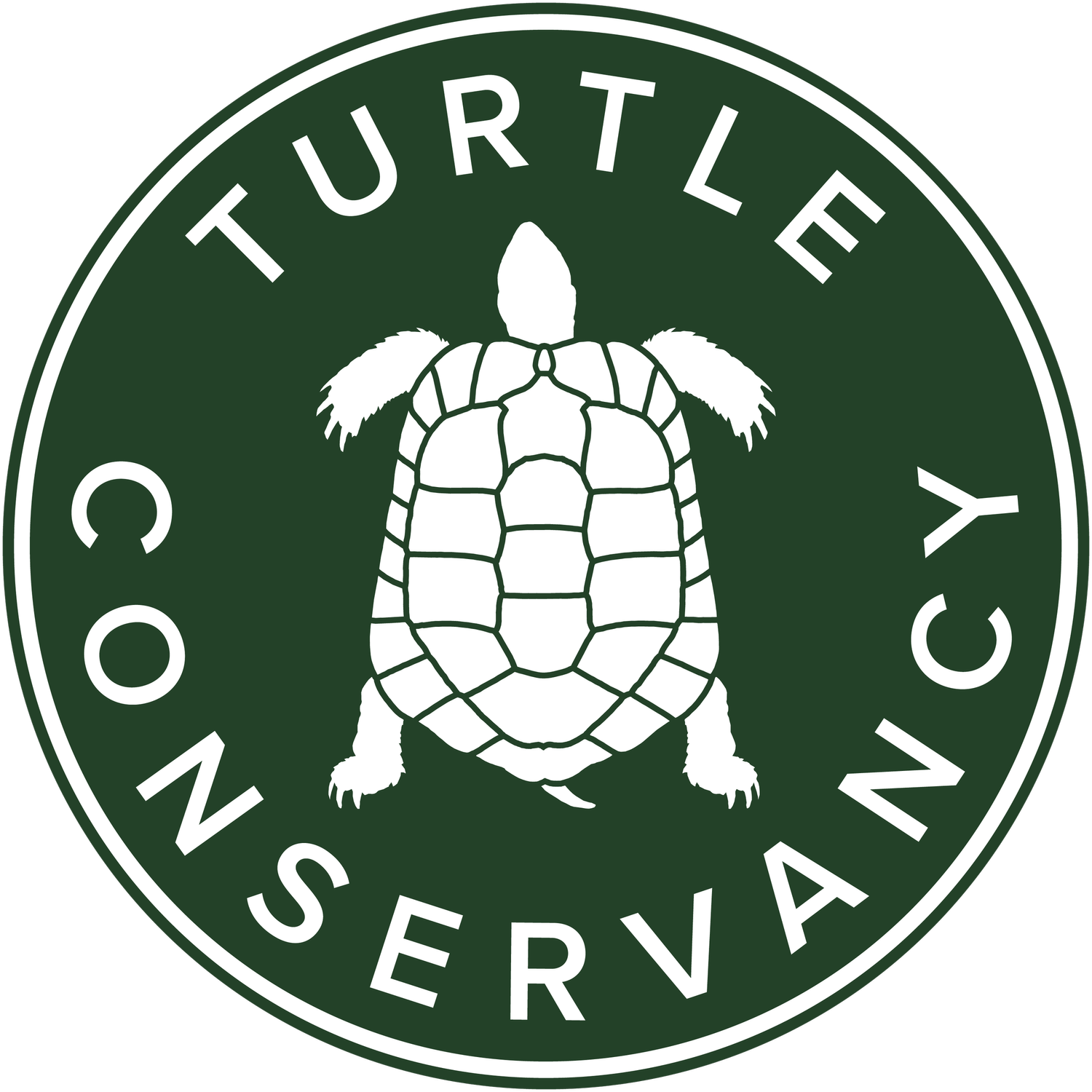Staff members at the Turtle Conservancy are celebrating the hatching of three Critically Endangered Pan’s Box Turtles (Cuora pani) this week at their conservation center in California. This is the first time this species has hatched from captive born parents in the United States. Pan's Box Turtle is considered functionally extinct in its native China due to over-collection for the medicinal and pet trades.
“This is a critical step forward for Pan’s Box Turtle, a very rare and little-known species that really needs more attention,” said Dr. Peter Paul van Dijk, Field Conservation Programs Director at the Turtle Conservancy. “Our efforts, along with those of our global partners, will contribute to ensuring their future on this planet.”
This hatching success was more than a decade in the making. The parents hatched at Zoo Atlanta and the Fort Worth Zoo as part of the Association of Zoos and Aquariums (AZA) Species Survival Program (SSP). They came to the Turtle Conservancy in 2010 where they grew to adulthood and bred for the first time this spring. The Conservancy is home to one male and four female adult Pan’s Box Turtles, along with dozens of other species of endangered turtles and tortoises.
These animals participate in the North American “assurance colony,” a last line of defense against extinction with the ultimate goal of restoring wild populations. The Turtle Conservancy was the first organization in the world to repatriate internationally born turtles to their native country for conservation when they sent young Golden Coin Turtles back to Hong Kong in 2012.
“We’ve been successful returning animals back to their native country in the past,” said Turtle Conservancy co-founder and president Eric Goode. “With this species that will be a much more daunting task, but my dream is to let all wild animals be exactly that, wild.”
The species is endemic to a small area of Central China, and may have been locally common until the 1990s, when “traditional” Chinese medicine markets saw a business opportunity and began to peddle them in bulk. As clever turtle breeders advertised purported medicinal Now, China has grown into the largest market for turtles and tortoises in the world. Turtles and many other animals are collected and sold into the traditional medicine and food trade in massive quantities, while the exotic pet hobby is growing rapidly. The Pan’s Box Turtle can fetch prices upwards of $10,000 in the animal trade.
The Conservancy protects more than 45,000 acres of wild land around the world for endangered turtles and tortoises, along with other threatened species including jaguars, macaws and antelope, and native flora. It is their hope they can continue to protect viable habitat for other species, including the Pan’s Box Turtle.








